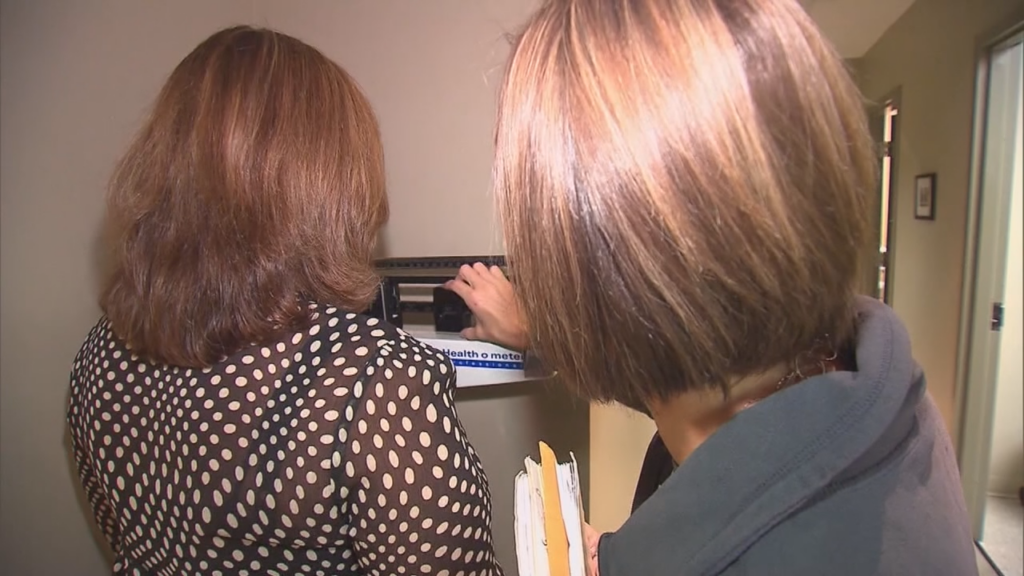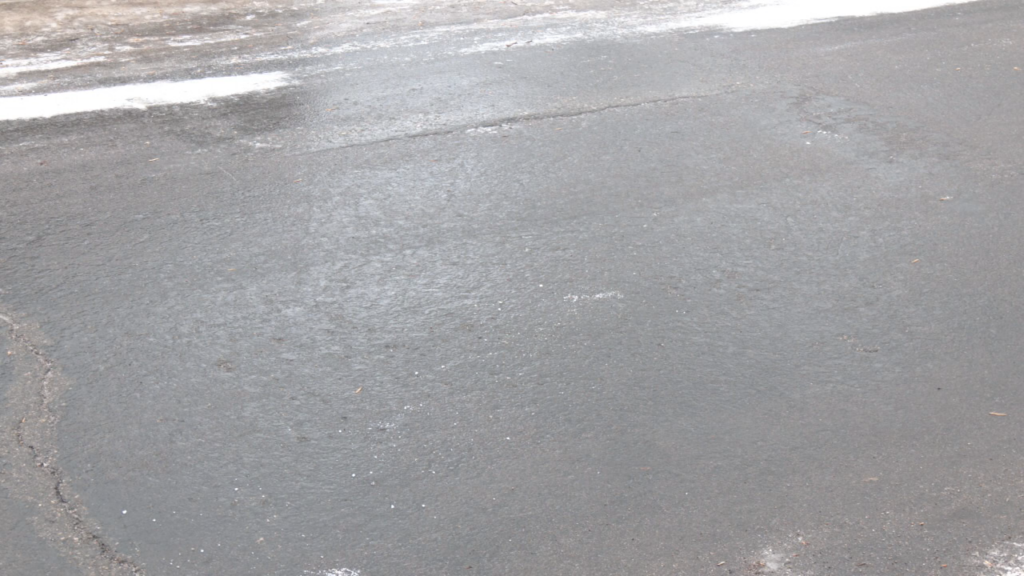F-M Diversion Board Makes Changes To Project, Ready To Submit Permit
The project will impact Minnesota less and put more of the responsibilities on North dakota
FARGO, N.D. — The F–M Diversion Board says they are ready to submit a permit application to the Minnesota Department of Natural Resources.
It also means they’ve had to shift some of its plans in the project.
If at first you don’t succeed, try again.
Which is exactly why the F–M Diversion Board is submitting a “Plan B” permit application to the Minnesota DNR.
“If we can get this done and fixed by the time we get around to a wet season, that would be really good. I’ll feel good about that. I won’t be mayor then but I’ll feel good about knowing that we did the things we needed to do to make sure that Moorhead was safe,” Mayor Del Rae Williams said.
The new changes in the project will actually impact Minnesota less and shift more of the responsibilities over to North Dakota.
“The city of Comstock no longer needs a ring levee. A lot of the organic farms are no longer impacted by it. There’s five cemeteries that will no longer be impacted that were impacted before and so we think we made a lot of good progress,” said Rocky Schneider, one of the project consultants.
The biggest part of the project that’ll impact both cities is the additional two feet of water that will be allowed to flow through the area during a 100–year flood.
Originally, 35 feet of water was allowed but now it’s 37 feet.
“What that does is it makes the impacts downstream much less frequent, much less large because you’re sending more through the city,” Williams said.
Both Mayor Williams and Fargo Mayor Tim Mahoney say the last time, communication was part of the problem, which is why the Governors’ Task Force played a vital role this time around.
“We think the Governors’ Task Force has really helped refocus everything and the task force and the groups working together has really refocused things and we’re much more hopeful now that this should work this time,” Mahoney said.
Part of the communication involves getting more of the community’s input as well.
That’s why the board has more than 12 presentations lined up over the next few weeks.
“We really want to get out to the people, hear their feedback, tell them what the project is, be very forthcoming with the impacts, with the benefits, with costs. And really just be open and transparent with everybody.”
If all goes as planned, the F–M Diversion Project should be complete by 2025.






